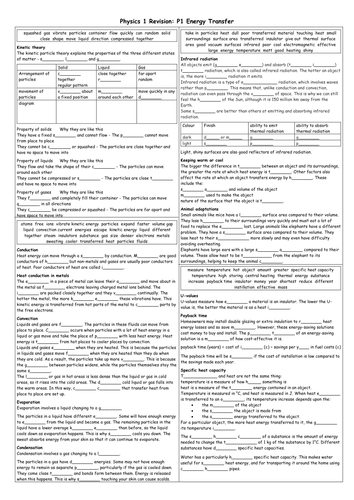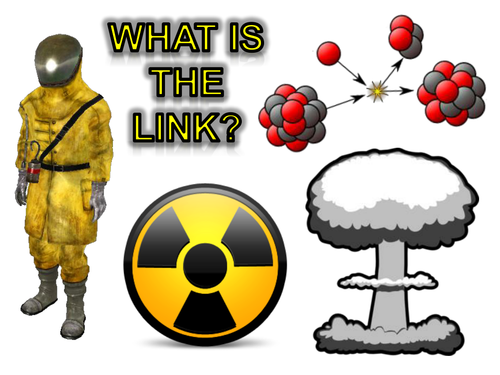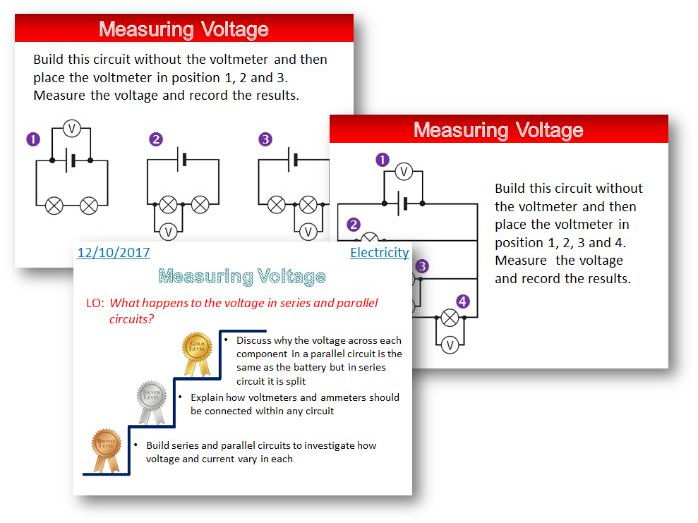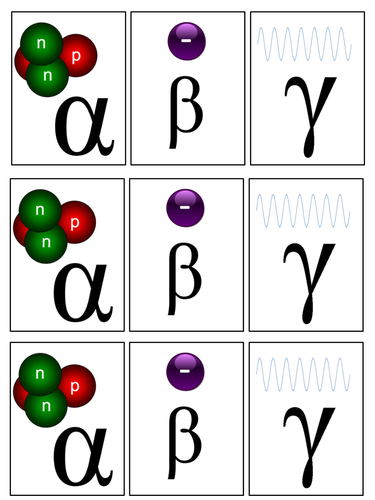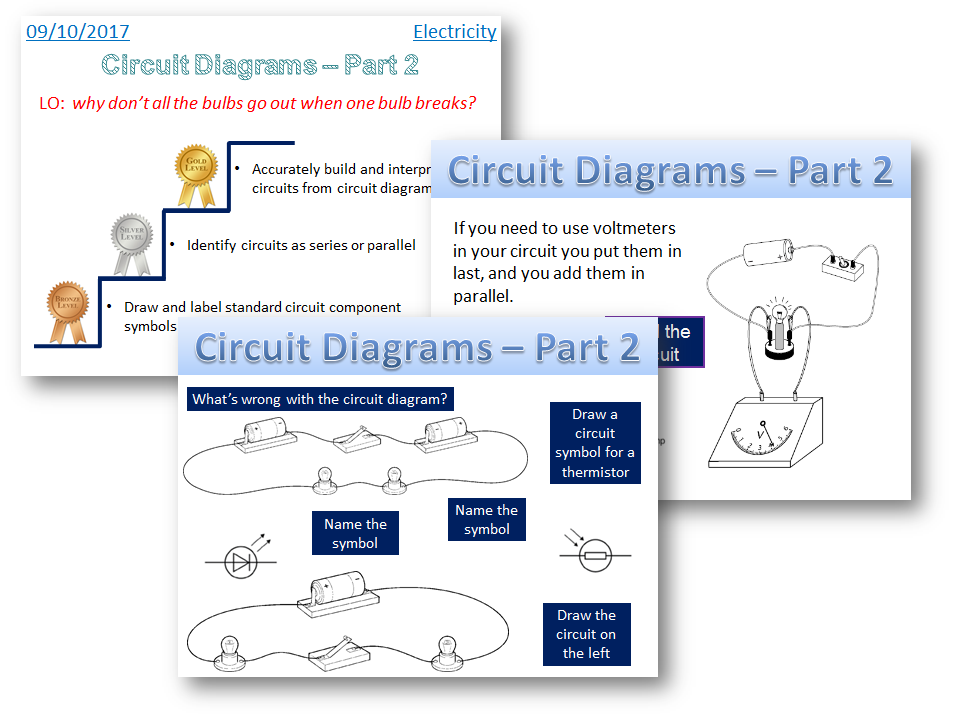
133Uploads
190k+Views
309k+Downloads
Physics

New AQA Physics/Trilogy - Energy Demands
This lesson links to the new AQA physics / Trilogy GCSE. The resources give pupils the opportunity to use graphs to carry out data analysis and make conclusion from the data they find. The data is linked to domestic and global energy demands and the energy resources we use to provide these needs. One of the tasks includes a group activity where pupils need to present their findings.
There is a starter to summarise environmental issues linked to use of fossil Fuels. The lesson also includes how fossil fuel and nuclear power stations generate electricity where pupils complete a sequencing activity.
Bundle

Radiation resources bundle
4 of my resources used to teach the radiation part of the new AQA physics GCSE 2016. This includes 2 revision sheets

Energy Transfers -Revision sheet
A summary of energy transfers for the physics P1 content - this summary is suitable for medium to low ability students. I have used this printed on A3 paper and it has kept students engaged for an extended time trying to fit in all the answers

Atoms and Radiation
A presentation that links the structure of an atom to what is meant by a stable and unstable nucleus

Electricity - Measuring voltage
A presentation with accompanying resources to teach about voltage in series and parallel circuit

The uses and dangers of radiation
A fully resourced lesson.
Print out the leaflet as an A5 booklet. The presentation has slides that can be printed out and laminated if you wish, and then placed around the room for pupils to gather information from. The radiation cards act like A,B,C cards and can be used so pupils can show their response to the quiz at the end of the lesson

Circuit diagrams
A lesson following on from the introduction of circuit symbol and simple circuits. Pupils are asked to interpret circuit diagrams and build given parallel and series circuits. The plenary tests understanding of the difference between parallel and series circuit diagrams
Bundle

Revision Clocks - AQA Trilogy
A separate revision clock for each unit in the AQA trilogy course
7 Biology
9 Chemistry
7 Physics



